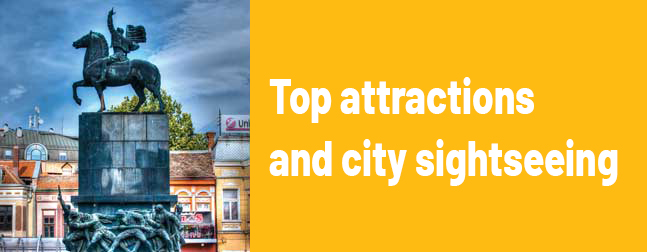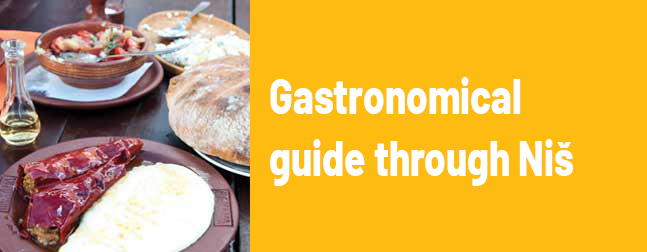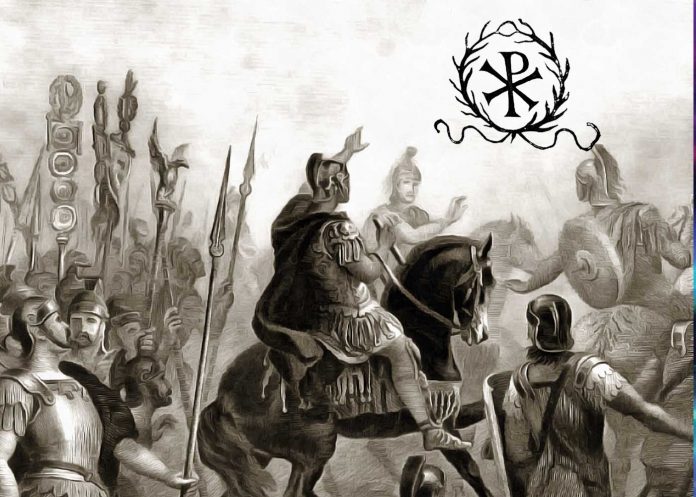At the time when the story of Constantine the Great begins, ancient Naisus (present-day Niš) was a central place of the Roman province of Upper Moesia. Small according to the number of inhabitants (20.000) but important as a commercial, military and administrative center, Naisus developed fast and expanded beyond the walls of the Fortress. So, already in the 3rd century BC, it became a municipium and was given the right of self-governance. The city center, which was located in the area of the present-day Fortress, was built in accordance with the principles of Roman urbanism. A central part was a sumptuous square (forum), decorated with statues of Roman gods and surrounded with administration and military buildings, workshops and a basilica. The remains of some buildings from this period can be still seen today in Niš Fortress (a lapidarium, termae, a building with arches, an ancient street and a Palace with an Octagon).
One of the greatest statesmen in European history, Constantine the Great was born on February 27, 274 in Naisus. Constantine’s father, Constantius Chlorus was a Roman officer of high rank, born in Dacia (today East Serbia), and his mother, Helena was a daughter of an innkeeper from Bithynia in Asia Minor. They met in the inn of Helena’s father during Constantius’ military campaign in Asia Minor. The love between them overcame class barriers, so Constantius married Helena and came with her in Naisus. Out of that love, their son Flavius Valerius Constantinus was born.
Constantine spent his early childhood in his birth town. His father provided education and military training worthy of a future emperor, and mother Helena, a pious and dignified woman, instilled love for a new religion – Christianity – into him. Owning to that, he became a wise warrior and ruler who followed his own path of success with unmistakable intuition.
Constantine the Great will be remembered as a statesman, military leader and visionary who, during his reign (306-337) left an indelible mark in the history of Europe and Christianity. He was a reformer who made significant changes in the military and the administration thus making the Roman Empire stronger. Also, he was a visionary who laid the foundation of the future Byzantine Empire by founding Constantinople. As the man of an open spirit and strong faith, he gave freedom of belief to prosecuted Christians, and made a contribution so that Christianity would become one of the most widely spread religions of the contemporary world.
Although he left his hometown after his childhood, Constantine never forgot it. When he became an emperor, he decorated it richly, and he built a sumptious residence in its suburb – Mediana.
As the first Christian emperor, great benefactor and ktetor of the Christian Church, Constantine was canonized after his death, and the Orthodox Churches venerate him as a saint and the “isapostolos Emperor” (Emperor Equal of the Apostles). Each year on June 3, the Serbian Orthodox Church and the City of Niš celebrate a holyday dedicated to Constantine and his mother Helena.







